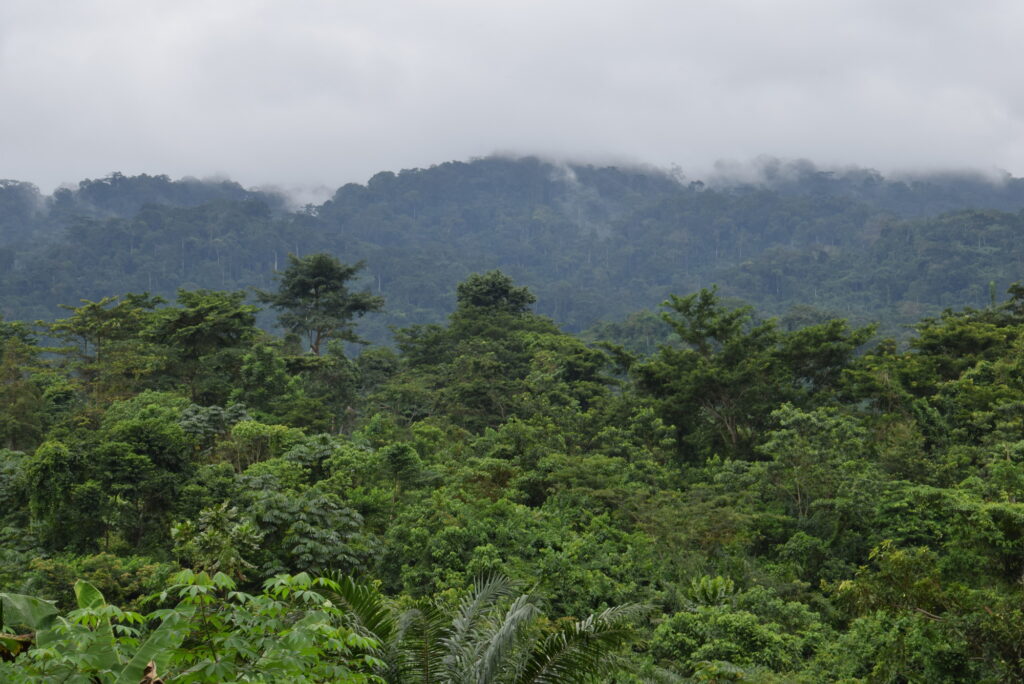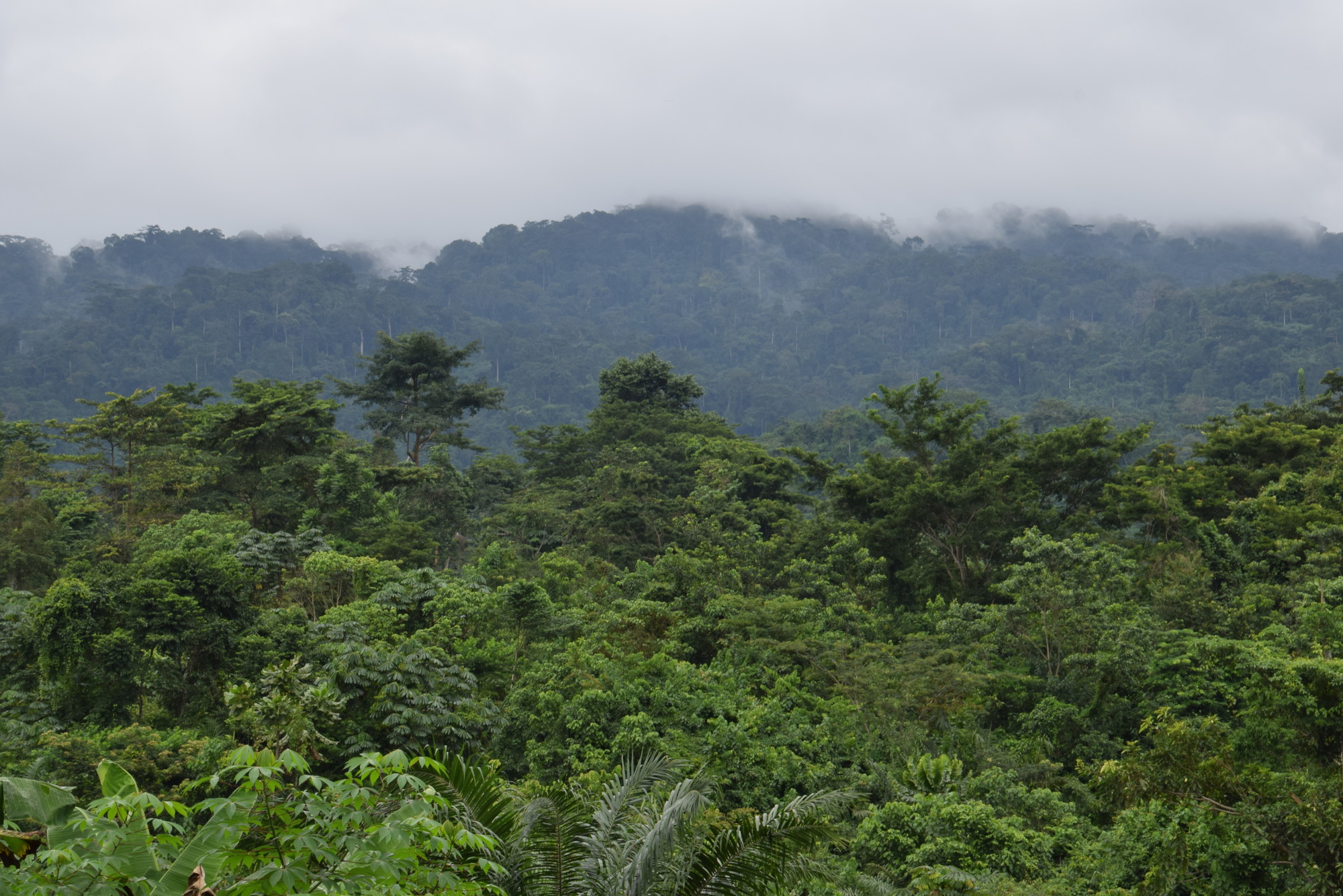
Exploring the Diverse Ghana Landscape: A Journey Through Natural Beauty
Ghana, a West African nation known for its rich history and vibrant culture, also boasts a diverse and captivating landscape. From the sandy beaches of the Atlantic coast to the lush rainforests and rolling hills inland, Ghana’s natural beauty is a significant draw for tourists and a vital resource for its people. This article delves into the various aspects of the Ghana landscape, highlighting its key features and environmental significance.
Coastal Plains and Sandy Beaches
Ghana’s coastline stretches approximately 540 kilometers along the Gulf of Guinea. This area is characterized by coastal plains, lagoons, and sandy beaches. The beaches are not only popular tourist destinations but also crucial for local communities that depend on fishing and related industries. Key coastal areas include:
- Accra: The capital city boasts several beaches, such as Labadi Beach and Kokrobite Beach, offering recreational opportunities and vibrant nightlife.
- Cape Coast and Elmina: These historical towns are known for their forts and also feature beautiful beaches that attract visitors interested in both history and relaxation.
- Ada Foah: Situated at the estuary of the Volta River, Ada Foah is a popular spot for water sports, bird watching, and enjoying the serene riverine environment.
The coastal ecosystem is vulnerable to erosion, pollution, and the impacts of climate change. Efforts are underway to protect and manage these precious resources sustainably.
The Rainforests of Ghana
Inland, Ghana’s landscape transitions into lush rainforests, particularly in the southwestern and central regions. These forests are biodiversity hotspots, home to a wide array of plant and animal species. Key rainforest areas include:
- Kakum National Park: One of Ghana’s most famous national parks, Kakum features a canopy walkway that allows visitors to experience the rainforest from a unique perspective. The park is home to diverse wildlife, including monkeys, birds, and butterflies.
- Ankasa Conservation Area: Located in the southwest, Ankasa is Ghana’s only evergreen rainforest. It is a critical habitat for various species and a vital source of timber and non-timber forest products.
- Bobiri Forest Reserve: Near Kumasi, this reserve is known for its butterfly sanctuary and offers opportunities for hiking and nature observation.
Deforestation, driven by agriculture, logging, and mining, poses a significant threat to Ghana’s rainforests. Sustainable forest management practices are crucial for preserving these ecosystems and the services they provide, such as carbon sequestration, water regulation, and biodiversity conservation. The Ghana landscape is intrinsically linked to the health of its forests.
The Volta Region: Mountains and Waterfalls
The Volta Region in eastern Ghana is characterized by mountainous terrain, rolling hills, and stunning waterfalls. This region is a popular destination for ecotourism and offers breathtaking views of the Ghana landscape. Key attractions include:
- Mount Afadjato: Ghana’s highest peak, offering challenging hikes and panoramic views.
- Wli Waterfalls: The highest waterfall in West Africa, cascading down a cliff face surrounded by lush vegetation.
- Tagbo Falls: Another beautiful waterfall near Mount Afadjato, accessible through a scenic hike.
- Tafi Atome Monkey Sanctuary: A community-based sanctuary where visitors can interact with Mona monkeys in their natural habitat.
The Volta Region’s unique landscape supports diverse agricultural practices, including cocoa farming, coffee cultivation, and fruit production. Sustainable tourism initiatives are helping to protect the region’s natural resources and provide economic opportunities for local communities.
The Savanna Lands of Northern Ghana
Northern Ghana is dominated by savanna lands, characterized by grasslands, scattered trees, and a drier climate. This region is home to several national parks and wildlife reserves, offering opportunities for wildlife viewing and experiencing the unique Ghana landscape. Key areas include:
- Mole National Park: Ghana’s largest national park, home to elephants, buffaloes, antelopes, and various bird species.
- Digya National Park: Located along the Volta Lake, Digya is known for its diverse birdlife and aquatic ecosystems.
- Bui National Park: Although impacted by the Bui Dam, this park still offers opportunities for wildlife viewing and exploring the savanna landscape.
Agriculture in northern Ghana is primarily rain-fed, making it vulnerable to droughts and climate variability. Efforts are underway to promote sustainable land management practices, improve water conservation, and diversify livelihoods to enhance the resilience of communities in this region. The Ghana landscape here presents unique challenges and opportunities.
The Significance of Water Bodies
Ghana’s landscape is also defined by its significant water bodies, including rivers, lakes, and lagoons. These water resources are vital for agriculture, transportation, fisheries, and domestic use. Key water bodies include:
- Volta River and Volta Lake: The Volta River is Ghana’s largest river, and the Volta Lake is one of the largest artificial lakes in the world. The lake provides hydroelectric power, supports fisheries, and facilitates transportation.
- Lake Bosumtwi: A crater lake near Kumasi, considered sacred by the local Ashanti people. It is a popular tourist destination and a source of fish.
- Densu River: Supplies water to Accra and surrounding areas, but faces challenges from pollution and urbanization.
Sustainable management of water resources is crucial for ensuring water security and protecting aquatic ecosystems. Efforts are needed to reduce pollution, improve water use efficiency, and address the impacts of climate change on water availability. The Ghana landscape relies heavily on these water sources.
Challenges and Conservation Efforts
Ghana’s landscape faces numerous challenges, including deforestation, land degradation, pollution, and climate change. These challenges threaten the country’s biodiversity, water resources, and the livelihoods of its people. However, various conservation efforts are underway to address these issues. These include:
- Protected areas management: Strengthening the management of national parks and reserves to protect biodiversity and ecosystems.
- Reforestation and afforestation: Planting trees to restore degraded lands and increase forest cover.
- Sustainable agriculture: Promoting farming practices that conserve soil and water resources.
- Community-based conservation: Engaging local communities in the management of natural resources.
- Environmental education: Raising awareness about the importance of conservation and sustainable development.
The Ghana landscape requires continuous and concerted efforts to ensure its long-term sustainability. By integrating conservation into development planning and involving all stakeholders, Ghana can protect its natural heritage and secure a sustainable future for its people. The future of the Ghana landscape depends on these efforts.
Conclusion
The Ghana landscape is a tapestry of diverse ecosystems, from coastal plains and rainforests to mountains and savannas. This natural beauty is not only a valuable asset for tourism but also a vital resource for the country’s economy and the well-being of its people. While facing numerous challenges, Ghana is committed to conserving its natural heritage through sustainable management practices and community involvement. By understanding and appreciating the Ghana landscape, we can work together to protect it for future generations. Exploring the Ghana landscape is an enriching experience, offering insights into the country’s natural wealth and cultural heritage. Ghana’s commitment to preserving its unique Ghana landscape is commendable. Investing in the protection of the Ghana landscape ensures a sustainable future. The breathtaking Ghana landscape is a testament to nature’s artistry. The Ghana landscape deserves our utmost respect and protection. Ghana landscape: A national treasure.
[See also: Coastal Erosion in Ghana: Causes and Solutions]
[See also: Sustainable Tourism in Ghana: Balancing Growth and Conservation]
[See also: Deforestation in Ghana: Causes, Impacts, and Solutions]

